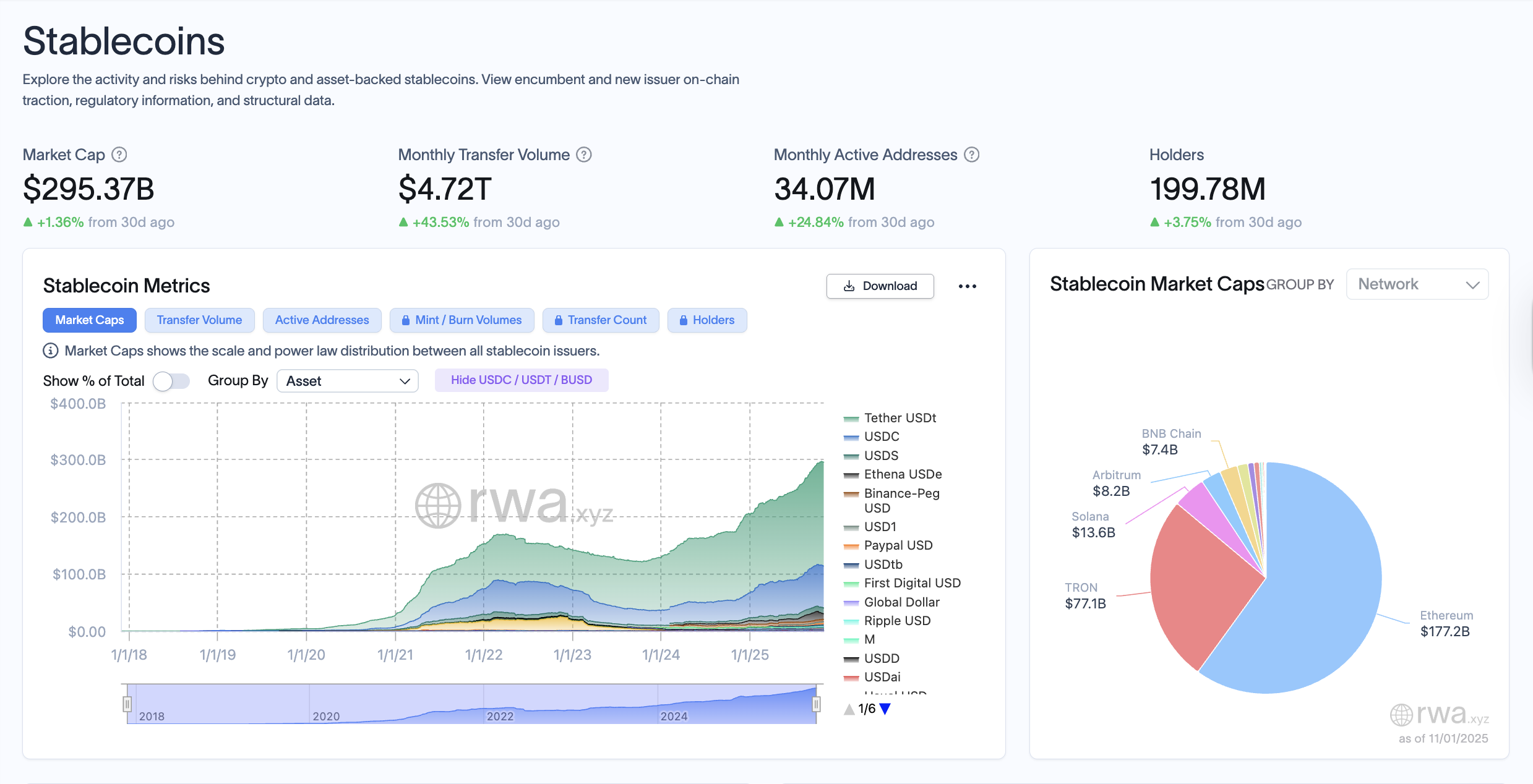Banks and financial institutions maintain started experimenting with tokenized financial institution deposits, financial institution balances recorded on a blockchain, but the technology is doomed to lose out to stablecoins, basically basically based on Omid Malekan, an adjunct professor at Columbia Enterprise College.
Overcollateralized stablecoin issuers, who must withhold 1:1 money or non eternal money connected reserves to lend a hand their tokens, are safer from a liability standpoint than the fractional reserve banks that might maybe maybe maybe converse tokenized financial institution deposits, Malekan acknowledged.
Stablecoins are furthermore composable, which technique they’re going to also be transferred across the crypto ecosystem and inclined in quite a lot of functions, unlike tokenized deposits, that are permissioned, maintain know-your-buyer (KYC) controls, and maintain restricted efficiency.

Tokenized financial institution deposits are worship a “checking account the set that you can completely write tests to quite a lot of customers of the connected financial institution,” Malekan persisted. He added:
“What’s the point? The kind of token can’t be inclined for quite a lot of activities. It’s pointless for crude-border payments, can’t serve the unbanked, doesn’t provide composability or atomic swaps with quite a lot of sources, and might maybe maybe well’t be inclined in decentralized finance (DeFi).”
The tokenized right-world asset (RWA) sector, physical or financial sources tokenized on a blockchain, which entails fiat currencies, right property, equities, bonds, commodities, art, and collectibles, is projected to swell to $2 trillion by 2028, basically basically based on the Customary Chartered financial institution.
Associated: BNY explores tokenized deposits to energy $2.5T on every day foundation price community: Bloomberg
Stablecoin issuers will portion yield one technique or one other
Tokenized financial institution deposits must furthermore compete with yield-bearing stablecoins or stablecoin issuers that secure ways of circumventing the yield prohibition within the GENIUS stablecoin Act, passing on the yield within the have of a wide quantity of buyer rewards, Malekan argued.
The banking foyer has pushed lend a hand against yield-bearing stablecoins over fears that stablecoin issuers sharing ardour with customers would erode the banking commerce’s market portion.
The recent average yield supplied on a savings account at a retail financial institution within the US or the UK is correctly below 1%, making anything else above that glorious to customers.
The resistance to yield-bearing stablecoins from the banking foyer drew criticism from New York University professor Austin Campbell, who accused the banking commerce of the utilization of political tension to guard its financial pursuits at the associated price of retail customers.
Magazine: Can Robinhood or Kraken’s tokenized shares ever be truly decentralized?

